Vinum Regum, Rex Vinorum (“Wine of Kings, King of Wines”) was the famously enthusiastic pronouncement by King Louis XV as he proffered a glass of Hungarian Tokaji to Madame de Pompadour, the official chief mistress of his court. (Yes, that was a real position in Ancien Régime France.) Louis and his main squeeze were enjoying a sweet wine in the mid-18th century. Though traditional Tokaji remains among the noblest sweet wines in the world, the habits and attention of most of us–noble, bourgeois, and plebs alike–have turned to dry wines.
Luckily for us, modern Hungary is here to help, with a dazzling plethora of characterful indigenous grapes. The white wines tend to have some body and texture, along with prominent acidity and minerality. They’re also low-alcohol; all of the wines presented here are under 13 percent. The words on the labels may be unfamiliar and a little challenging to pronounce, but don’t let that scare you off. With a wide array of wine regions (many of them with volcanic soils) and small, family-run producers, Hungary offers so much to discover and enjoy for those of us who love French, Italian, Iberian, and domestic white wines.
This month, we’ll discuss white wines from Tokaj (TOKE-eye), in northeast Hungary, with a little chunk of Slovakia. (Tokaj is the name of the region; Tokaji is the wine from that region.) Next month, we’ll cover white wines from four other Hungarian wine regions.
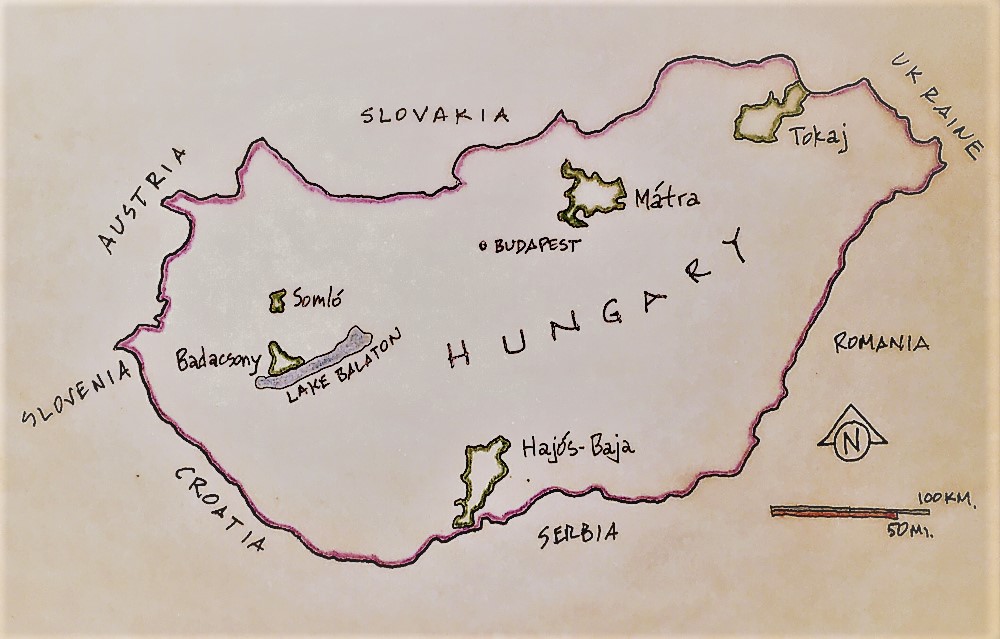
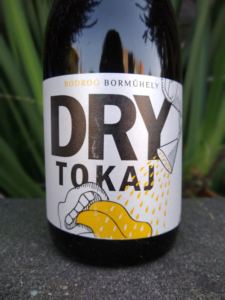 2018 Bodrog Borműhely Dry Tokaj ($16)
2018 Bodrog Borműhely Dry Tokaj ($16)
Bodrog is the main river running through Tokaj, and Borműhely (bor-MEW-hay) means “wine workshop.” This wine, made with 70 percent furmint and 30 percent hárslevelű (Tokaj’s two most important grapes), is organically farmed, then fermented and aged in stainless steel. Salty, high acid, and fully dry, with some texture, it’s utterly delicious and an outrageous deal for an organic wine of this quality and character. If you enjoy fresh, young Loire Valley chenin blanc, give this a try. Drink it with clams, chicken, or something spicy, or even as an aperitif if you like something with a little body. (12.5 percent alcohol)
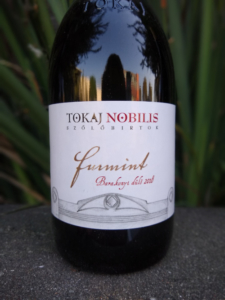 2018 Tokaj Nobilis Furmint Barakonyi ($24)
2018 Tokaj Nobilis Furmint Barakonyi ($24)
This wine is all furmint, the most noble variety in Hungary and the backbone of most Tokaji, whether dry or sweet. Tokaj native Sarolta Bárdos created this family winery in 1999, and her vineyards are also certified organic. She is among the new generation leading the quality renaissance in Tokaj and part of a long tradition of woman winemakers in Hungary (where the men historically worked in the vineyards, and the women ran the cellars).
This wine comes from the single vineyard Barakonyi, which has been officially recognized as first-class (premier cru, more or less) since 1737. Fermentation and aging are done in Hungarian oak barrels. It delivers pear-like, slightly honeyed fruit with an almost icy minerality and a hint of oak. There’s texture, elegance, purity, and length; those who enjoy white Burgundy or restrained California chardonnay will like this a lot. (Plus, where are you going to find one of those from a premier cru vineyard for $24?!) Drink it with richer fish and poultry dishes, pork, and spicy enchiladas. (12.9 percent alcohol)
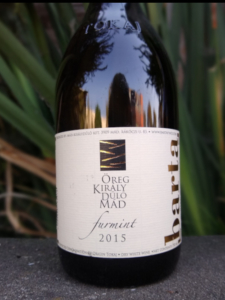 2015 Barta Tokaji Furmint Öreg Király Dűlő ($32)
2015 Barta Tokaji Furmint Öreg Király Dűlő ($32)
Here’s another 100 percent furmint dry Tokaji, this one from the equally storied, first-class Öreg Király Dűlő (Old King Vineyard). It’s the highest-altitude, steepest, and most distinctly terraced vineyard in Tokaj. The several extra years in the bottle give you the opportunity to see how dry Tokaji ages. Winemaker Vivien Újvári, yet another woman in charge of a Hungarian cellar, uses organic farming and minimalist winemaking techniques, aging her wines in larger Hungarian oak barrels.
This wine is beautifully expressive and vibrant now, with a more smoky minerality and a saltier, quite savory palate. If Tokaj Nobilis Barakonyi echoes some of the qualities of white Burgundy, the analog for Barta Öreg Király Dűlő might be aged Loire chenin blanc. It’s a perfect accompaniment for white meats and game birds of all species, smoked salmon, and Asian dishes without too much sweetness. (12.7 percent alcohol)
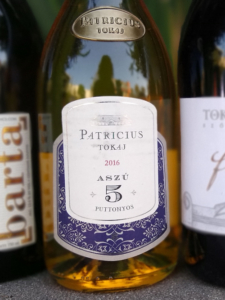 2016 Patricius Tokaji Aszú 5 Puttonyos (500ml, $45)
2016 Patricius Tokaji Aszú 5 Puttonyos (500ml, $45)
OK, this is an article about dry Hungarian white wines, but it would be a dereliction of vinous duty not to mention our one sweet wine from Hungary: Tokaji Aszú. (Vinum Regum, Rex Vinorum!) It’s an aristocratically hedonistic and spectacularly delicious nectar made in part from individual berries (mostly furmint, plus in this case some hárslevelű and other local grapes zéta and kövérszőlő) affected by botrytis, a so-called “noble rot” that shrivels, concentrates, and transforms the flavor of the grapes. You’ll find notes of dried fruits, especially stone fruits, along with a thousand other flavors, fruit and otherwise.
There’s no need to analogize here, because Tokaji Aszú is simply the greatest dessert wine in the world (sorry, Sauternes). It will sing with blue cheeses, chocolate, and even potato chips. (The last pairing is my invention, as far as I can tell. Try it with José Andrés potato chips, made by San Nicasio in Andalucía, Spain, and available at Market Hall Foods.) Or simply have this Tokaji Aszú on its own as a very special way to end a meal, perhaps with some dried apricots. (11.5 percent alcohol)
Many thanks to Eric Danch of Danch & Granger Selections, the importer and distributor of all of these wines, for his help with this article.

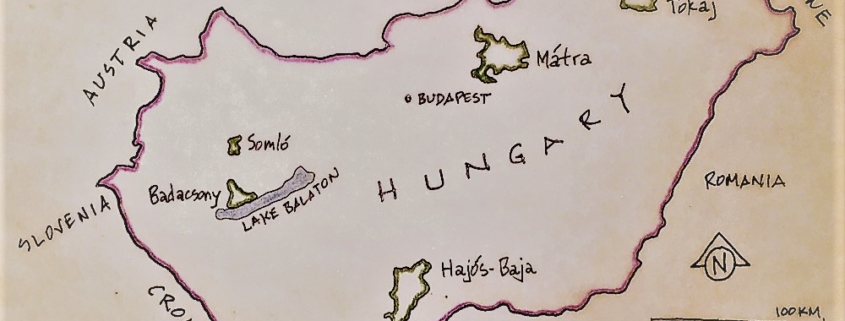
Leave a Reply
Want to join the discussion?Feel free to contribute!